Discover 5 hidden attractions, cool sights, and unusual things to do in Malmesbury (United Kingdom). Don't miss out on these must-see attractions: Malmesbury Abbey, St Aldhelm, and Abbey House Gardens. Also, be sure to include Market Cross in your itinerary.
Below, you can find the list of the most amazing places you should visit in Malmesbury (England).
Table of Contents
Malmesbury Abbey
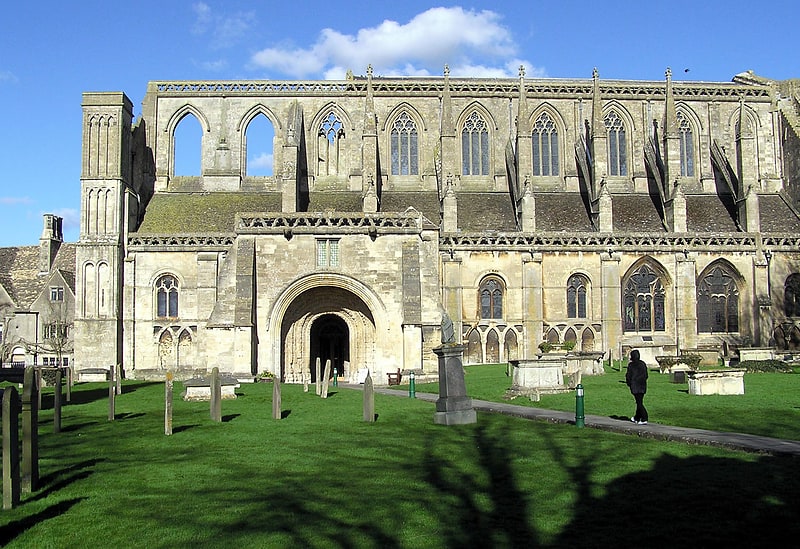
Monastery in Malmesbury, England. Malmesbury Abbey, at Malmesbury in Wiltshire, England, is a religious house dedicated to Saint Peter and Saint Paul. It was one of the few English houses with a continuous history from the 7th century through to the Dissolution of the Monasteries.[1]
Address: Gloucester St, SN16 9BA Malmesbury
St Aldhelm
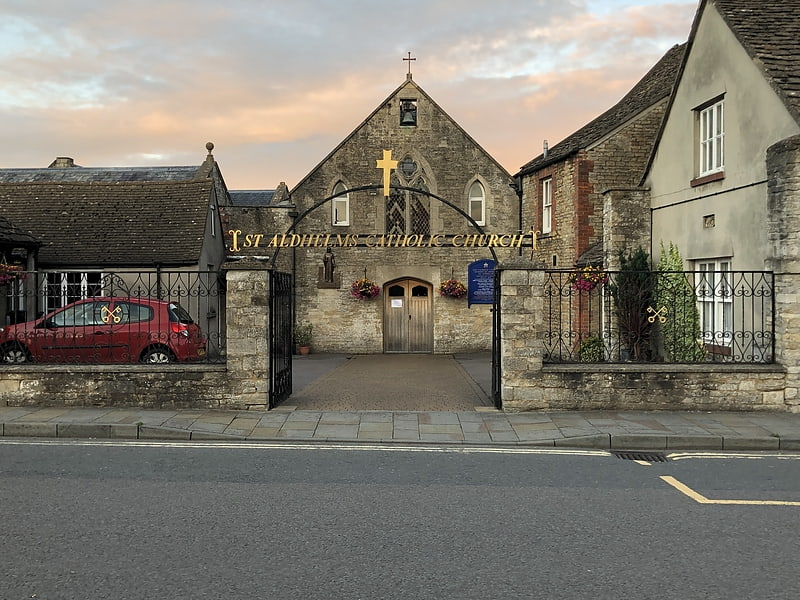
Catholic church in Malmesbury, England. St Aldhelm's Roman Catholic Church in Malmesbury, Wiltshire, England is a Roman Catholic Church built in 1875. The church is dedicated to St Aldhelm who lived in Malmesbury and was the abbot at nearby Malmesbury Abbey.[2]
Abbey House Gardens
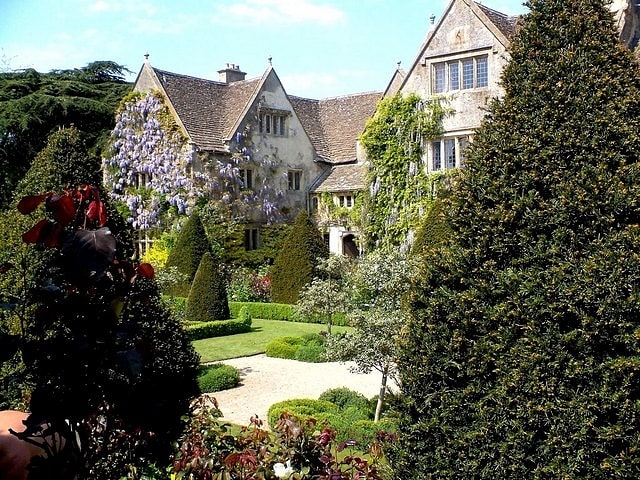
Park in Malmesbury, England. Abbey House Gardens is a country house garden in Malmesbury, Wiltshire, England, covering 5 acres. Privately owned, the gardens – but not the house – are open to the public seven days a week from late March until late October. It is one of the main tourist attractions in the town.[3]
Address: Abbey House/Market Cross, Malmesbury
Market Cross
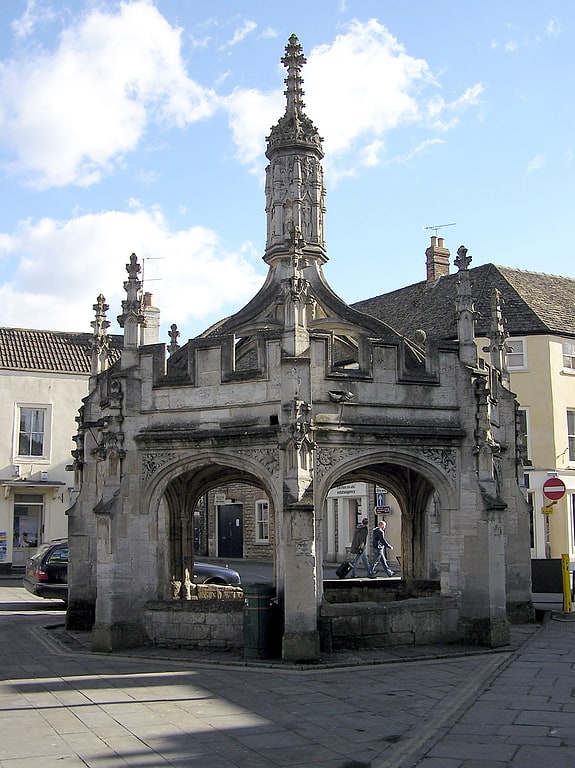
Malmesbury Market Cross is a Grade I listed, late 15th century structure in the town of Malmesbury, Wiltshire, England.[4]
Dauntsey Park House
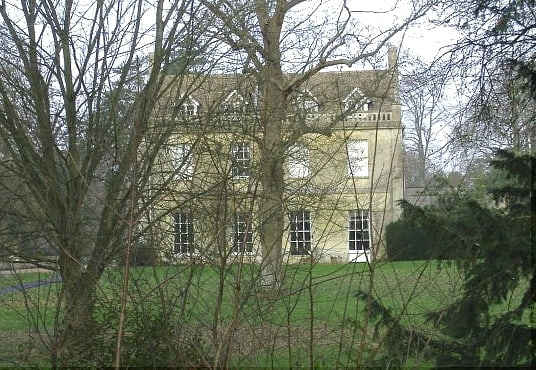
Dauntsey Park House is a Grade II* listed country house in Dauntsey, Wiltshire, England. It is based on a 14th-century manor, remodelled in the late 17th century or early 18th, and altered again c.1800 when it was recased in ashlar.[5]